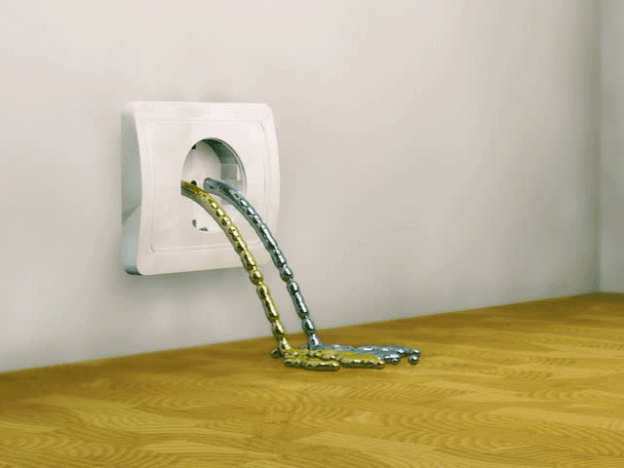Floorings to Electricity
Flooring’s to electricity you thinking – oh my, what new invention is this? Read on to find out the how, the who, and what.Material engineers – Associate Professor Wang and his team – at the University of Washington, Madison have developed a method that allows them to convert footsteps into usable electricity. Flooring’s can be made from any number of sustainable materials; one of them is wood pulp, an often used common component of flooring’s. The pulp, which is waste material too, is partly made up of cellulose nano fibers. These tiny fibers produce an electrical charge when they are chemically treated and come in contact with untreated nano fibers. They can be used to power lights or even charge batteries when embedded within flooring’s. Still, why flooring’s? Wang’s team has focused on a research field as called ‘roadside energy harvesting’. The concept behind his research is to avail energy through places where is an abundance of human activities. The ground would be one such place where this is a maximum of renewable energy potential. Traffic floors in hallways and places like stadiums and malls would produce significant amounts of energy on the incorporation of this technology.An advantage of this method is that since wood pulp is a cheap, abundant and renewable waste product of several industries, flooring that incorporates this new technology could be as affordable as conventional products.Wang’s research revolves around vibrations to produce electricity. For years he has been testing different materials in an effort to magnify the merits of Triboelectric nano generators (TENGs) – the same phenomenon that produces static electricity on clothing. Each functional portion of such flooring has two differently charged materials – including the cellulose nano fibers and would be a millimeter or less thick. The floor could include several layers of the functional unit for higher energy output. Based on their affinity, the electrons will move from one place to another when these two materials are put together. The electron transfer creates a charge imbalance that naturally wants to right itself, but as the electrons return, they pass through an electric circuit. The energy that this process creates is the end result of TENGs.

